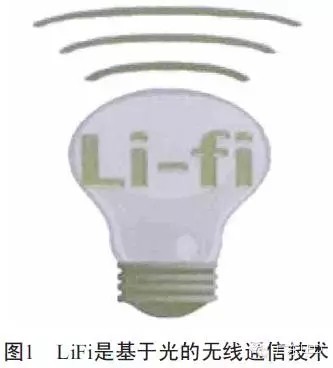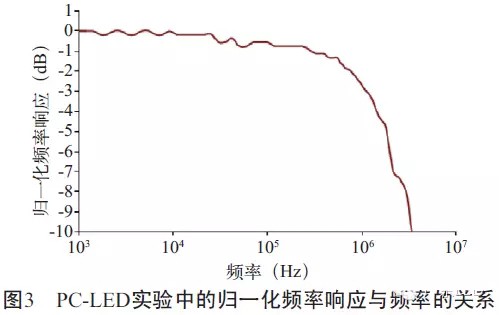LiFi is so popular! Do you know what kind of light source can be used for visible light communication
In recent years, with the vigorous development of white light-emitting diode (LED) technology, visible light communication (VLC) has become one of the research hotspots of the new generation of wireless communication technology.
VLC is also called LiFi (Light Fidelity). In 2011, Professor Hardal Hass, a German physicist from the University of Edinburgh, gave a speech on LiFi technology at the TED conference and called "VLC" for the first time. "LiFi".
LiFi is an emerging wireless communication technology based on light (rather than radio waves), which combines the lighting function and data communication function of light, as shown in Figure 1.
LiFi modulates the signal on the LED light source without affecting the LED lighting, and transmits data by quickly switching on and off to generate a high-frequency flashing signal that is imperceptible to the human eye.

Advantages of LiFi
Compared with the current mainstream WiFi communication technology, LiFi has the following advantages:
(1) In terms of capacity, the spectrum of radio waves is very crowded, and the spectrum width of visible light (about 400THz) is 10,000 times greater than that of radio waves;
(2) In terms of efficiency, the efficiency of radio wave base stations is only 5%. Most energy is only consumed in cooling the base stations, while LiFi data can be transmitted in parallel. Improve efficiency at the same time;
(3) In terms of practicality, radio waves are only obtained in the base station and cannot Use WiFi on a plane, in an operating room, or at a gas station, and every light in the world has easy access to a LiFi hotspot;
(4) In terms of security, radio waves are easy to be invaded. Visible light cannot penetrate walls or even curtains, providing network privacy and security.
As a new technology that takes into account both lighting and communication, LiFi pursues high transmission rates while , cannot affect the quality and requirements of lighting, especially in the development of light sources.
LiFi’s light source must not only have the advantages of good communication light source modulation performance, high emission power and high response sensitivity, but also meet the requirements of high lighting light sources. Brightness, low power consumption and wide radiation range
LiFi light source selection
1. LED
Most of the light sources currently used in LiFi technology are white LEDs. A large part of the reason is due to the rapid development of LED technology.
The main implementation methods of white LEDs include: blue LED chips Excite yellow-green phosphor and convert it into white light (PC-LED), ultraviolet light or ultraviolet LED to excite three primary color phosphors The light powder produces white light and three kinds of red, green and blue LED chips are packaged together to produce white light (RGB-LED).
Currently commercialized white LED products are mainly divided into two types according to their different spectral components. Major categories: PC-LED and RGB-LED. The spectra of the two types of white LEDs are shown in Figure 2.
 < /p>
< /p>
The modulation bandwidth of LED determines the channel capacity and transmission rate of the communication system. Studying the modulation characteristics of LED devices is one of the key issues to improve the performance of new LiFi systems.
The definition of LED modulation bandwidth is When the AC optical power output by the LED drops to 50% of a certain reference frequency value (-3dB) Frequency.
Due to the lagging photoelectric response of the yellow phosphor spectral part of PC-LED, as shown in Figure 3, the modulation bandwidth of the LiFi light source is limited to a few megahertz, thus limiting the entire system. Communication rate, even using a blue filter at the receiving end cannot significantly improve the shortcomings of this light source.
 < /p>
< /p>